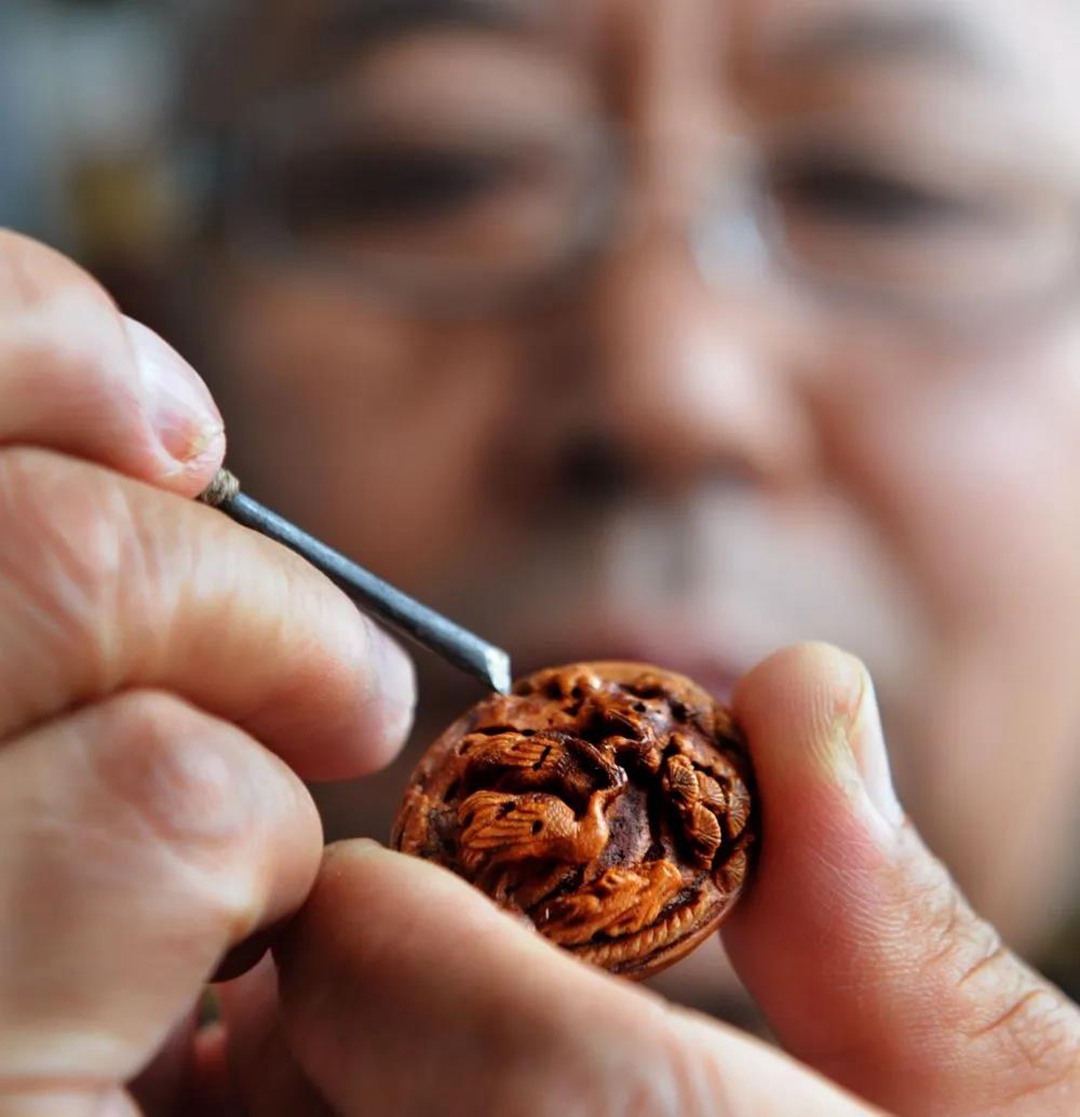
A China Media Group APP, Yunting (Cloud Listening), has officially broadcast a large-scale audio documentary of intangible cultural heritage, the Years of intangible Cultural Heritage. Ten narrators of "Intangible cultural heritage " are invited to the program. They convey the charm of intangible cultural heritage in their hometown with their voices and tribute to the craftsmanship of intangible cultural heritage.


The Origin of Peach Pit Carving
Peach stone carving in Weifang began in the middle of Qing Dynasty. In 1880, A fur merchant whose name was Du Weinan, met and made a friend with a peach pit caving craftsman, Zhang Dayan who was roaming in Zhucheng of Weifang. Although Zhang was good at carving, it was extremely difficult for him to make a living. Du Weinan generous donated to him and help him out of the predicament. Zhang was so grateful that he taught Du Weinan his all of carving skills.
Dou Weinan threw himself into the study of peach pit carving. His interest in the craft was instilled in his son Du Langui. Du Langui has been learning from his father since he was young, and has made rapid progress. Before he is 20 years old, his skills have surpassed his father. Du Langui's works have the characteristics of folk art. The layout is concise, simple and generous, informal and general.
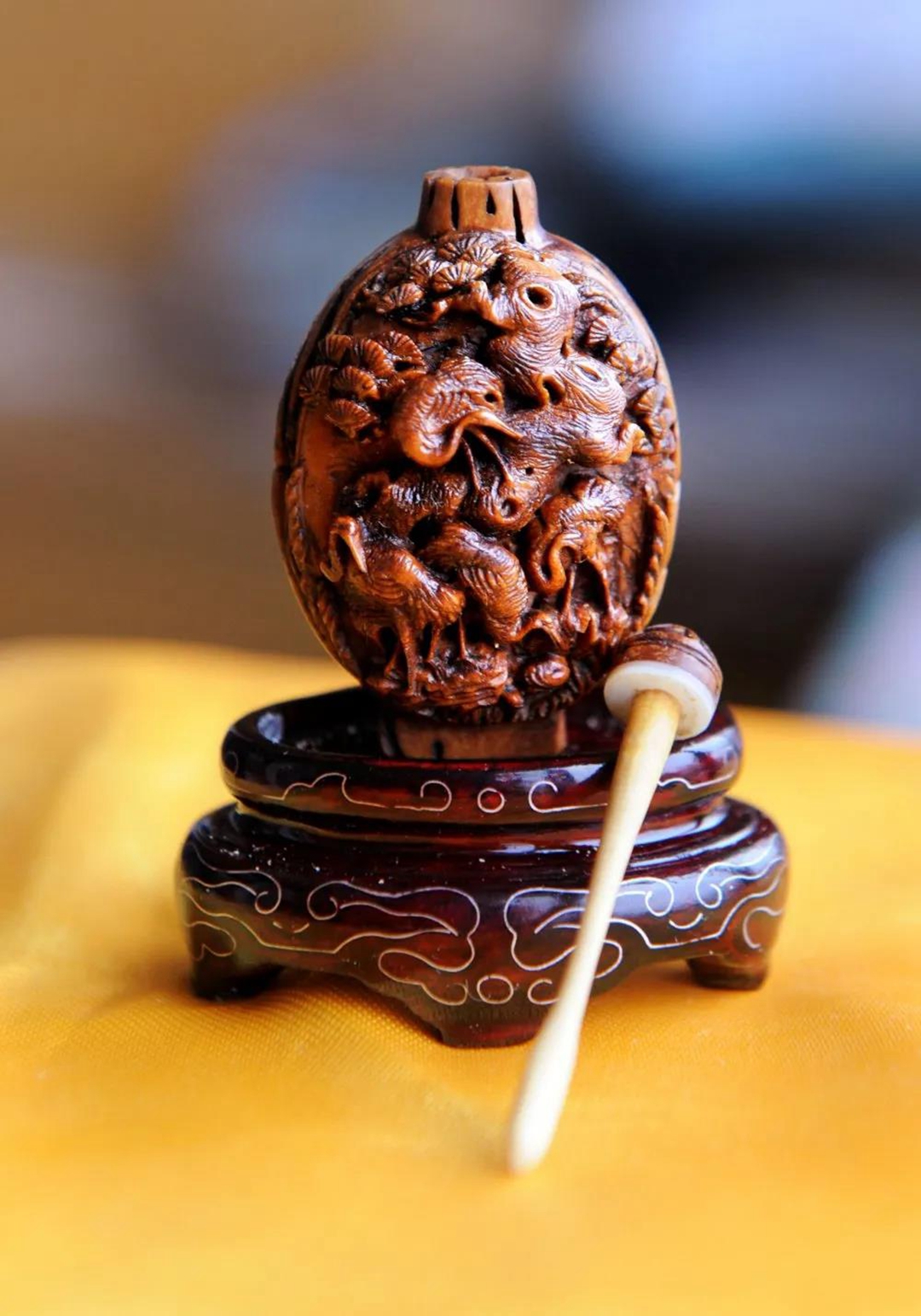
Deer and red-crowned crane in Spring
by Wang Xude
In 1915, Ding Huaizeng, a sculptor of the same period as Du Langui, participated in the Panama International Exposition with his peach pit carving work "Horse Car" and won the best medal, which made the peach pit carving famous at home and abroad, as well as rooted Peach pit carving deeply in Weifang.
Since the 1990s, Weifang peach pit carving gradually declined, and the inheritance chain was almost broken. Fortunately, intangible Cultural Heritage protection was carried out then, the peach pit carving art of Weifang has entered a period of all-round development. The younger generation of craftsman and artists have injected new vitality into the development of the peach pit carving art of Weifang.

Camel on the silk road
by Liubin
The important representative of Northern Carving
Weifang peach pit carving is a unique folk craft with long history and inheritance. It is unique in the national peach pit carving art and forms its own style.
Weifang peach pit carving belong to the category of sculpture. Artists select peach pit as materials, consider of the vertical and horizontal completely to design and carve carefully. They could be birds, beasts, boat, even characters and story scene. With its primitive simplicity elegant, delicate, fine craftsmanship, difficult and the profound cultural connotation, Weifang’s peach pit carving is the important representatives of northern carving.
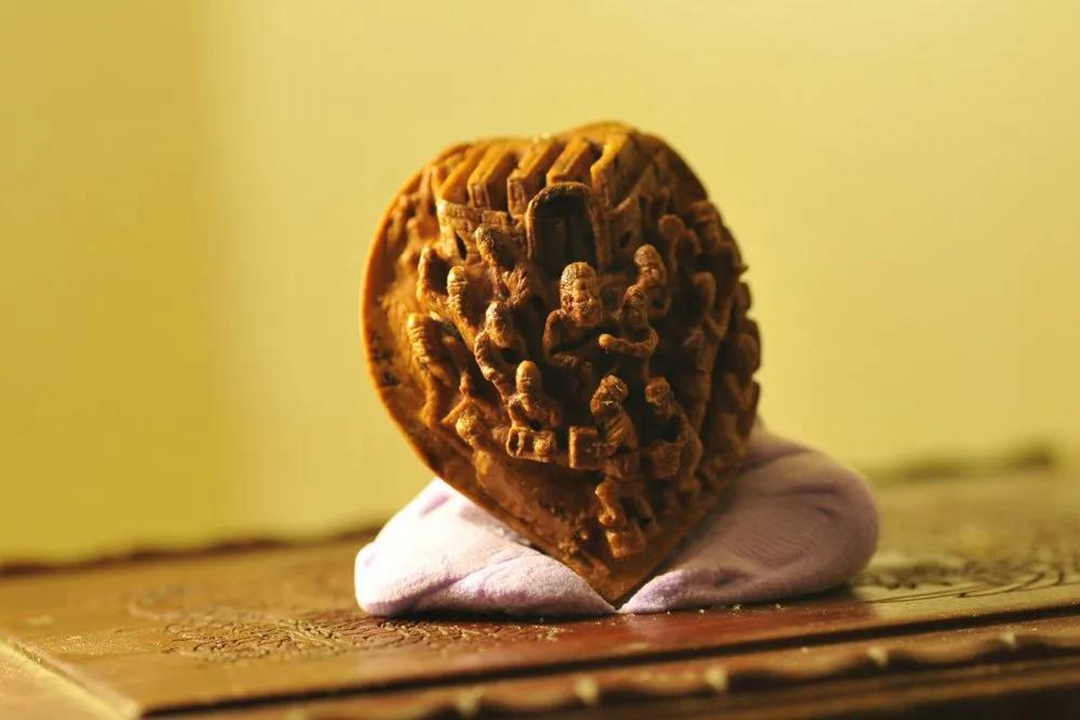
Great love by Tan Wanhai
Weifang peach pit carving is highly ornamental, with the natural shape of peach stones, carved into birds, animals, insects, flowers, fish, figures and other intuitive images vividly, can also be used for decoration, carved by folk artists fan pendant, rosary beads, earrings, hand strings, buttons, etc., which contains the blessing of auspiciousness. At the same time, the exquisite peach pit carvings of extraordinary workmanship become the treasures of peach pit carvings lovers.
Weifang peach pit carving artistic charm is affected by its material, every pit is unique and individual just like person's fingerprints. Peach pit sculptor need to observe its natural texture then according to the shape and lines to decided the theme content, thus every peach pit carving is the only one, cannot to be replicated.。

The Legend of Salt making in Shouguang
"World salt production started from China, China salt making origin from Shandong". Shouguang is the place with the longest history of salt making in Shandong province. It is not only the "Town of vegetables", but also the "sea salt Capital in China".
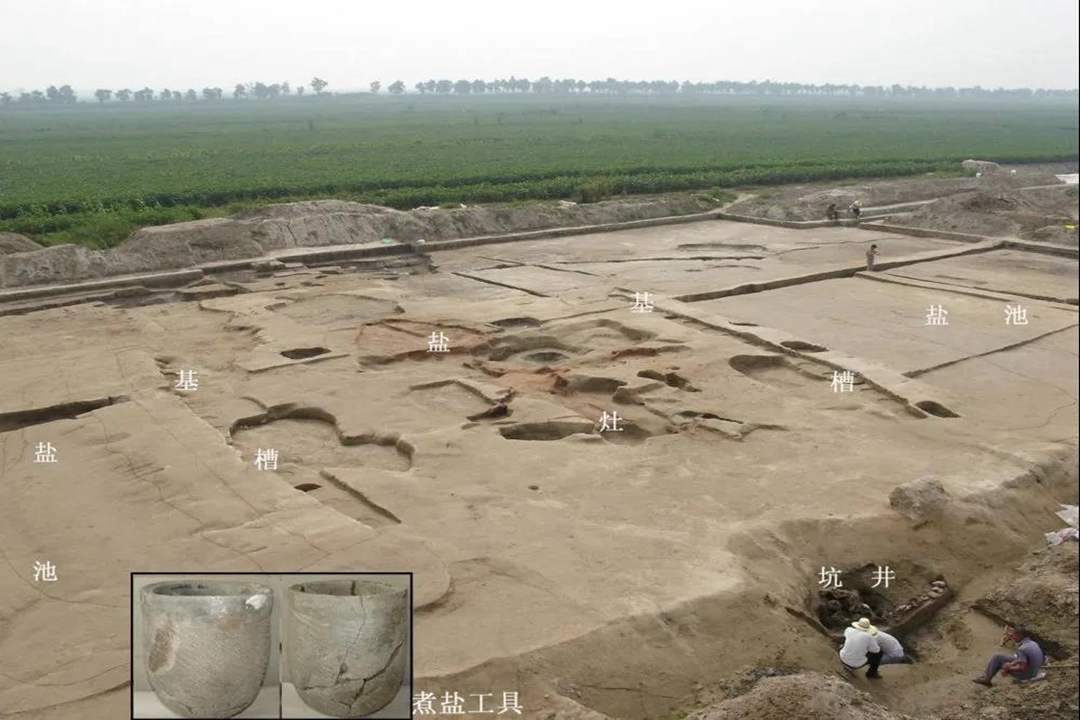
Over 4000 years of history
The technique of salt making varies in different historical periods
"Shouguang salt making" has a long history. According to the research of "Salt Industry Site group of Shuang wang cheng Reservoir", the Site of Shuangwangcheng is the largest ancient salt farm in Shang and Zhou dynasties. After the Shang and Zhou dynasties boiled salt, the Han Dynasty decocted salt, the Yuan and Ming Dynasties boiled salt, the early Qing dynasty to the present, salt making history lasting more than 4,000 years.
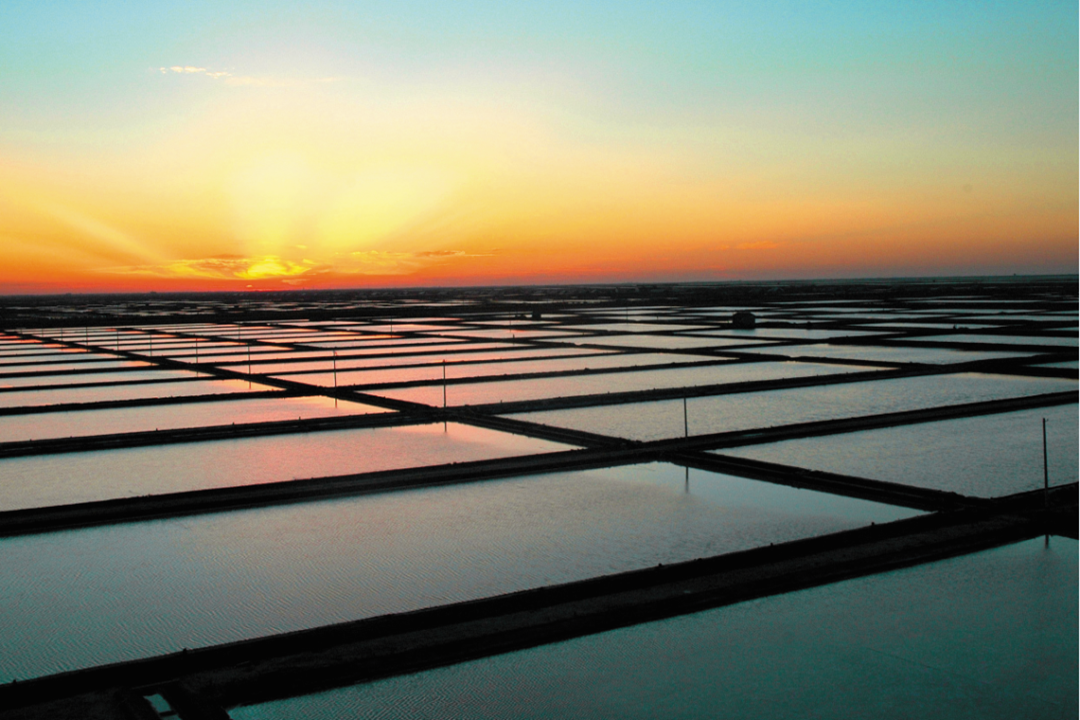

Living fossils of ancient Coastal salt making techniques in China
A symbol of a generation's life
After thousands of years, brine salt production has become a living fossil of ancient Coastal salt production technology in China. This small piece of sea salt is not only the crystallization of seawater, but also the crystallization of the wisdom of the ancient working people. It is the symbol of a generation's life.
With the progress of the times, the traditional brine salt-making technology is being replaced by modern technology and is being forgotten by people. But that traditional brine salt-making technology has been token in the list of national intangible cultural heritage representative projects in 2014.
As a legacy of history, the technique of making salt from brine needs to be remembered and passed on, and we should also pay tribute to the old salt workers who are still passing on the skill.

Please come to Weifang when you have time,
There are also many another intangible cultural heritage items
Waiting for you to find out!
October 20th, October 23rd,
see you in China Media Group Yunting (Cloud listening )APP!